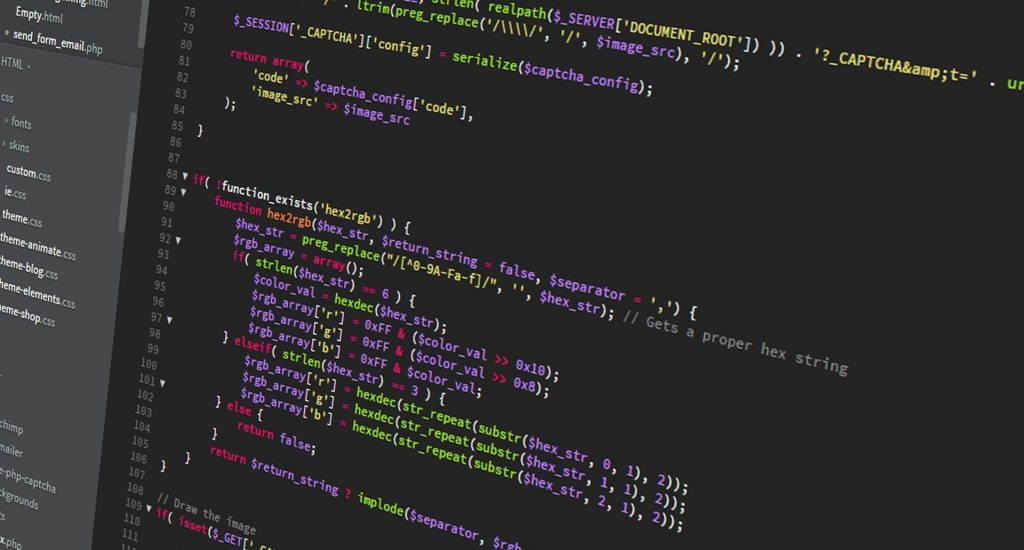Developing your new product is an expensive investment, a complex project which will only be successful when you start to see profits coming in.
On the path of this development, however, you will gain a number of valuable assets which may be forgotten in your focus on the saleable product. It is vital to recognise the value of these assets, so in this blog I will explore what you get as part of your product design when working with Partner Electronics.
Your Product Development
When you engage Partner Electronics to support your product development, the project follows a set process.
- Requirements are Captured – The best chance for a successful development comes from a good understanding of the goal and a clear specification. This is a combination of your product vision and our many years of product development. Since Partner Electronics operate on time and materials basis, these documents are not contracts and can evolve. However they are vital to efficiently direct the project work and decision making.
- Design Work is Undertaken – Alongside you, our team will design the electronics and firmware to support your product.
- Completion – You’ll get:
- A Manufacturing Pack – Whoever you use to develop your components, the Manufacturing Pack is the standard output. This contains the designs and instructions that you’ll give to your manufacturer to build your product.
- Design Files – The design data is also yours, containing valuable and confidential design documents and calculations. These are essential for any future work on the component.
- The Rationale – During the design process, decisions are made, and controls specified, which determine how your component is designed; these might be size restrictions, thermal considerations, or material choices. The Rationale explains why these decisions have been made, to benefit any future development.
- Verification – Depending on the development, this can range from a simple report to a comprehensive characterisation of the product. If appropriate, this work can include external product approval and certification assessment. This will all have been defined in the work definition at the start of the project.
- Review and Feedback – We are always looking to improve so, after completion, we will ask for your feedback on the project.
Know Your Rights
One area that gets raised frequently is rights – specifically, who owns them.
Intellectual property is a complex area and can’t easily be explained here; there is, however, some useful guidance on the gov.uk website (Intellectual property and your work). Intellectual property rights are tied up with copyright and patent rules, so where do you stand with them?
A patent is applicable for something that can be “made and used” (also taken from gov.uk). However, most developments won’t be patentable as the rules require that your product has never been made or described anywhere publicly available and is not an obvious change to something already existing. It may be worth exploring the opportunities for a patent as these can be very valuable as well as providing protection to your work. If you want to explore this, getting the right help from a patent specialist is crucial.
Copyright is automatically assigned to the creator of any new code, so code created for your development will belong to Partner Electronics. You will, however, receive a comprehensive licence to use this work indefinitely, so you are not tied in to, or constrained by, Partner Electronics.
Do make sure you understand what your intellectual property rights are, we would be happy to talk this through.
Understanding and Managing Your Design Assets
As already mentioned, at the end of the project you will be given the Manufacturing Pack, Design Files, and the Rationale.
- While you may have been eagerly waiting for the Manufacturing Pack, you might not have given much thought to the Design Files and Rationale; so it’s worth exploring what makes them so valuable. Your Design Files and Rationale will be essential for any future work on your product. To succeed in modern markets, products need regularly updating, whether that’s with additional features or by improving cost effectiveness. When you update the functionality of your product, you’ll need to understand any limitations built into the existing design.
- All your design files, including the Rationale, need to be protected – stored somewhere securely with backup, so those who need them can access them. Compliance with ISO9001 and the business risk register requires you to recognise your business risks and ensuring your control of these files will support this. While we, at Partner Electronics, will also keep secure, backed-up copies of all these documents, they do belong to you.
- If you ever consider selling your company or the design of this product, these product designs are likely to be incredibly valuable in that sale. We always recommend having good records and ensuring they are properly managed.
- There is another risk of not having your own copies of these files, as it effectively creates a tie-in to your developer. While you have a good working relationship with your developer this may not cause concern, however business relationships can change for many reasons and such a bond could end up being restrictive and expensive. At Partner Electronics we aim to avoid any tie-in giving you control over your developments.
Guard Your Assets
Your Design Files and Rationale are yours and they are valuable. I liken these documents to house deeds – when you need them it’s important you know where they are and that you can get hold of them.
Review your product design assets and ensure you know where they are and how to access them. If you have any questions about your design or assets, we’d be happy to help.

